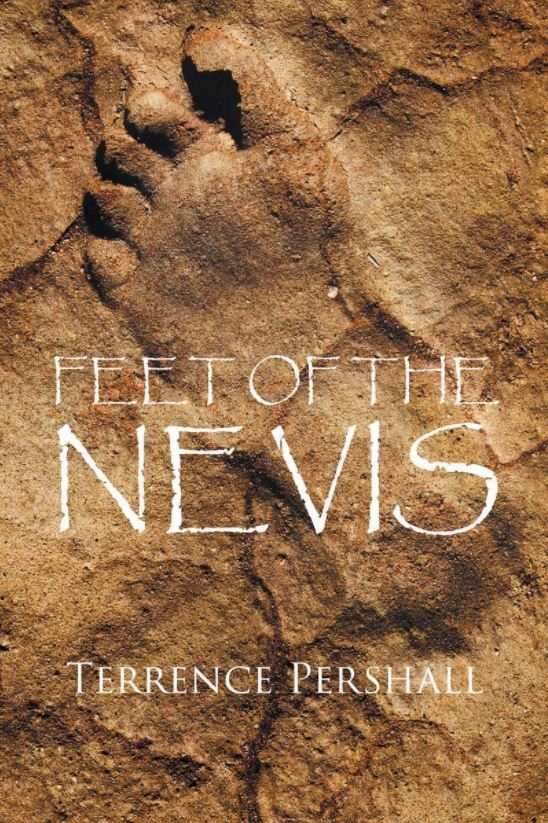
Feet of the Nevis
In the fantasy novel Feet of the Nevis, brave people face a dark, sinister threat to their society.
In Terrence Pershall’s novel Feet of the Nevis, the citizens of a peaceful agrarian hamlet face a supernatural wolf-man and his evil minions.
Trasker is twenty-three and has just finished five years of indentured servitude, during which he learned the ways of the ocean. He returns home to his widowed mother; his father and his cohorts were killed by a giant wolf and his gnomish slaves as they tried to reach a northern cave said to hold the true history of their people. Trasker feels beholden to take up that lost mission, but an attack by these same evil forces changes his plans. He and his friends unite to rescue Trasker’s girlfriend and vanquish the enemy—and the village’s traitors.
Trasker’s story is intermixed with chapters focused on legends about mythical women and supernatural creatures. This structure creates a mythical tone that resonates in Trasker’s own story. Many of the characters are archetypal, with strong woman healers, wise men, and young heroes among them. Trasker’s own tale is monomythic too: he leaves his familiar realm to chase an adventure, and he steps over a threshold between the worlds. Still, Trasker’s story is neither intense nor marked by doubt about its outcome, impeding audience investment in it; further, a family introduced early in the book disappears.
The action takes place in a Western landscape that’s evocative of California: there are deserts, old-growth forests, and a long, rugged coastline. The society is neolithic and patriarchal: the villagers live in a hamlet that has a mill, a livery stable, and a forge, and they eat out of clay bowls. They are led by venerable old men, while the village’s women are herbalists and homemakers. The villagers have little do with the Indios, the Indigenous people whom they consider primitive, and whose speech is rendered in a pidgin style. There are discomfiting dynamics between the two groups.
The prose is stolid, moving the story forward in a relentless march. However, awkward reveals and afterthoughts interrupt this steady movement, though the passages that describe the mountains, the oceans, and the sunsets impart genuine appreciation for nature and natural events.
Two plot lines comprise the story. In one, the villagers want to know who they are and whether, as they have long felt, they arrived in their land from another planet. In the other, a malevolent man-beast wants to destroy the village. However, the first plot line is subsumed by the second; while the man-beast arc reaches a conclusion, the mystery of the villagers’ origin is never resolved.
In the fantasy novel Feet of the Nevis, brave people face a dark, sinister threat to their society.
Reviewed by
Randi Hacker
Disclosure: This article is not an endorsement, but a review. The publisher of this book provided free copies of the book and paid a small fee to have their book reviewed by a professional reviewer. Foreword Reviews and Clarion Reviews make no guarantee that the publisher will receive a positive review. Foreword Magazine, Inc. is disclosing this in accordance with the Federal Trade Commission’s 16 CFR, Part 255.
